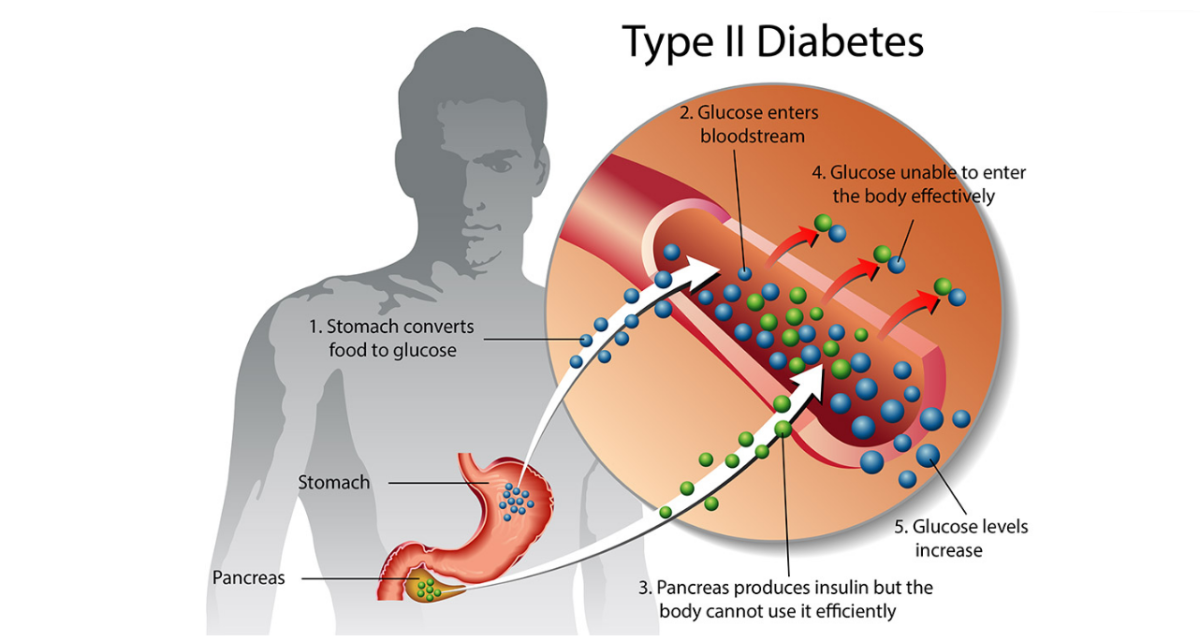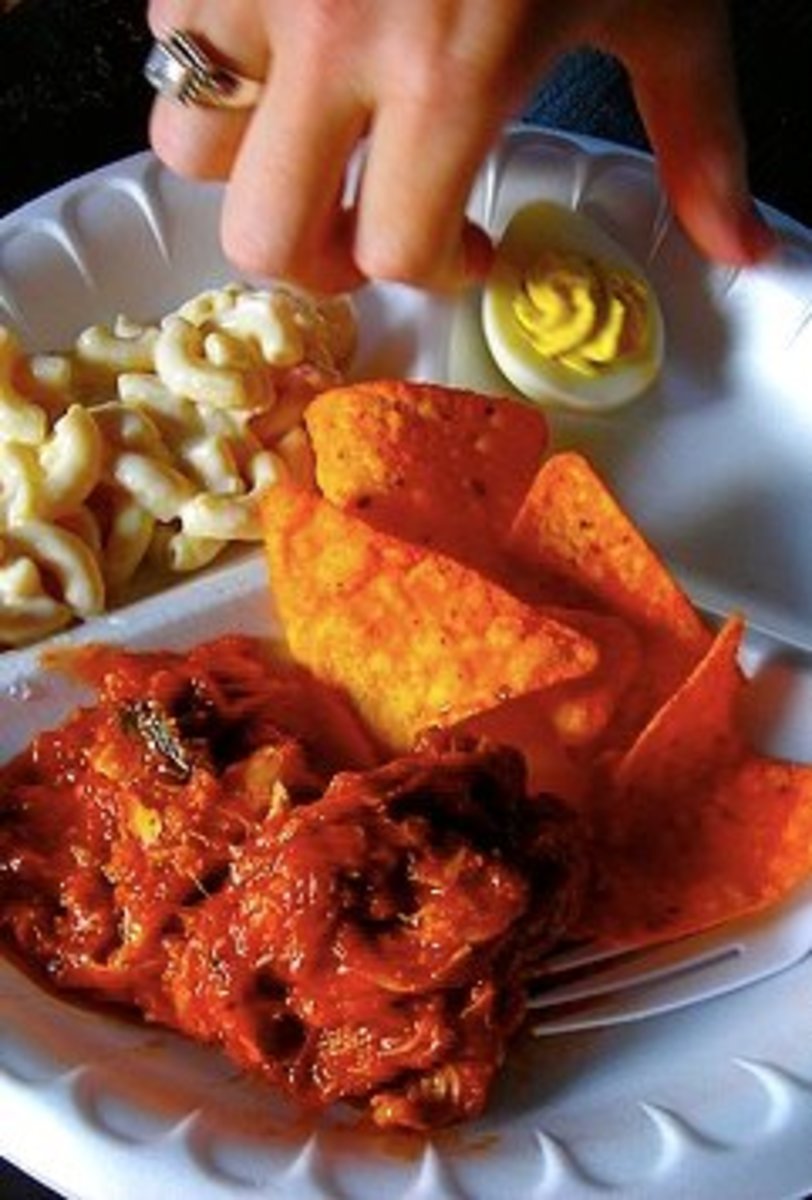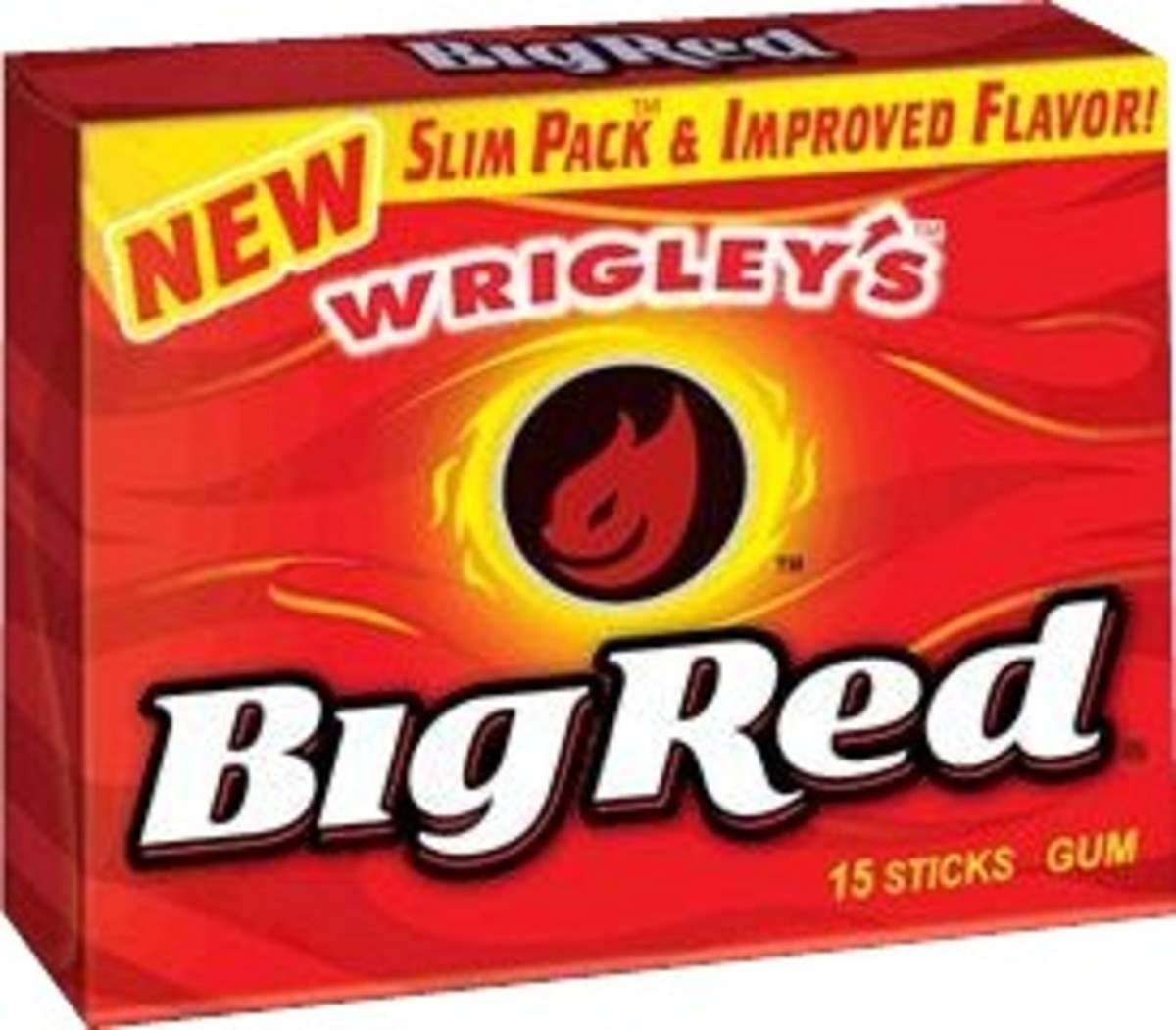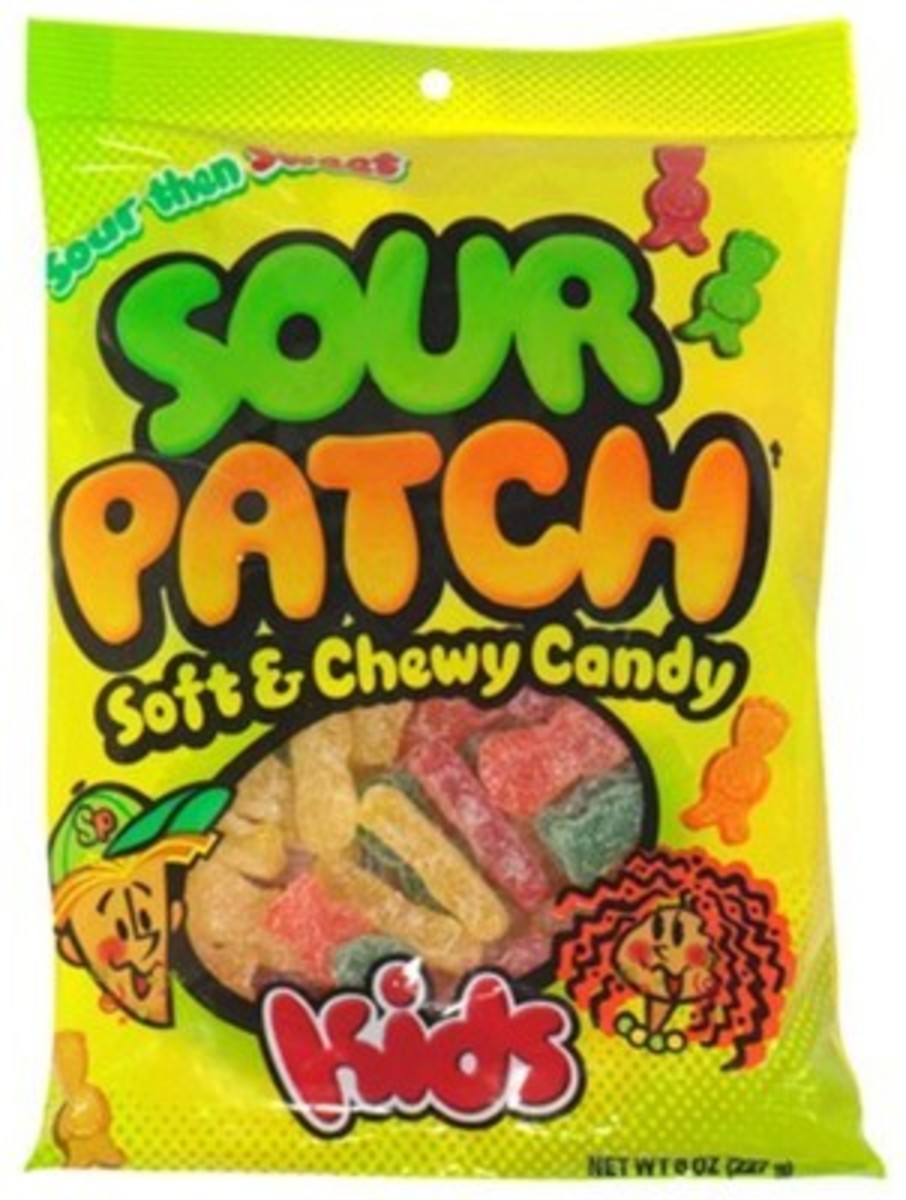Artificial Food Additives Linked to an Increased Risk of Type-2 Diabetes

Copyright 2012, Kris Heeter Ph.D.
More bad news for hot dog, bacon and sausage lovers worldwide...
Research has indicated that meat, particularly red meat, is linked to not only an increased risk of heart disease but to an increased risk of diabetes as well.
While the link to heart disease it really kind of old news, the link to diabetes is now taking center stage.
Several recent scientific studies suggest that processed meats, in particular, are associated with a greater increased risk of diabetes.
Unprocessed vs. Processed Red Meats
In a study published in August, 2011, in The American Journal of Clinical Nutrition (AJCN), researchers reported they found that a daily serving of unprocessed red meat was associated with a 19% relative increased risk of Type 2 diabetes.
An even greater risk was found in those individuals that ate processed red meats. Just one daily serving of processed meat (e.g., one hot dog, one sausage, or two slices of bacon) was associated with a 51% increased risk of Type 2 diabetes.
Artificial Food Additives in Processed Red Meats Linked to Diabetes
The AJCN study, as well as a study just released online from Diabetes Care (through the American Diabetes Association), suggests that it is most likely the sodium nitrate and sodium nitrite food additives in processed red meats that contribute to the significant increased risk of Type 2 diabetes.
This falls in line with a study published a few years ago that found nitrate and nitrite food additives were linked to increased risk of Type 1 diabetes in Finnish children.
Substitutions for Processed Meats Can Lower Type-2 Diabetes Risk
The AJCN study estimates that the substitution of just one serving of nuts or whole grains per day for one serving of red meat can lower the risk of Type 2 diabetes by 16–35%.
With respect to nuts, raw and unsalted nuts are better choices than roasted and salted, if one has a choice. Roasting can destroy many of the beneficial phytochemicals and nutrients.
Examples of whole grains:
- Whole grain rice
- Quinoa
- Millet
- Spelt
- Barley
- Oats
- Wheat
- Rye
For those that have a hard time making these substitutions, some processed red meats can be found without the sodium nitrate and nitrite food additives and preservatives. Natural food stores, food co-ops, and local farmers will often sell sausage, ham, and bacon without food additives. If these additives have NOT been used, it typically is noted that on the packaging.
For Information On Unsafe Food Additives and Synthetic Dyes
Sodium nitrate and sodium nitrate are just two out of thousands of food additives used in food processing. Most artificial and synthetic food additives have not been tested for long-term health consequences before they go to market.
While some food additives have been used for decades and seem to be relatively safe, there is a growing list of additives that research studies have identified as potentially toxic and that can increase the risk of a number of diseases. Many of these additives and food dyes are still on the market.
You can check out these additional hubs for more information:
"Artificial and Synthetic Food Additives and Dyes - Tested and Safe?"
"HVP - a toxic food additive - is it in your food?"
"Toxic Substance in Plastics Also Found In Numerous Medicines and Supplements"
More on diabetes:
"What Do Diabetes and Mental Illness Have in Common?"
Sample References to Related Research Studies
Pan et al. (2011) Red meat consumption and risk of type 2 diabetes: 3 cohorts of US adults and an updated meta-analysis. Am J Clin Nutr doi: 10.3945/ajcn.111.018978
Virtanen et al. (2009) Nitrate and Nitrite Intake and the Risk for Type 1 Diabetes in Finnish Children. Diabetic Medicine. DOI: 10.1111/j.1464-5491.1994.tb00328.x








